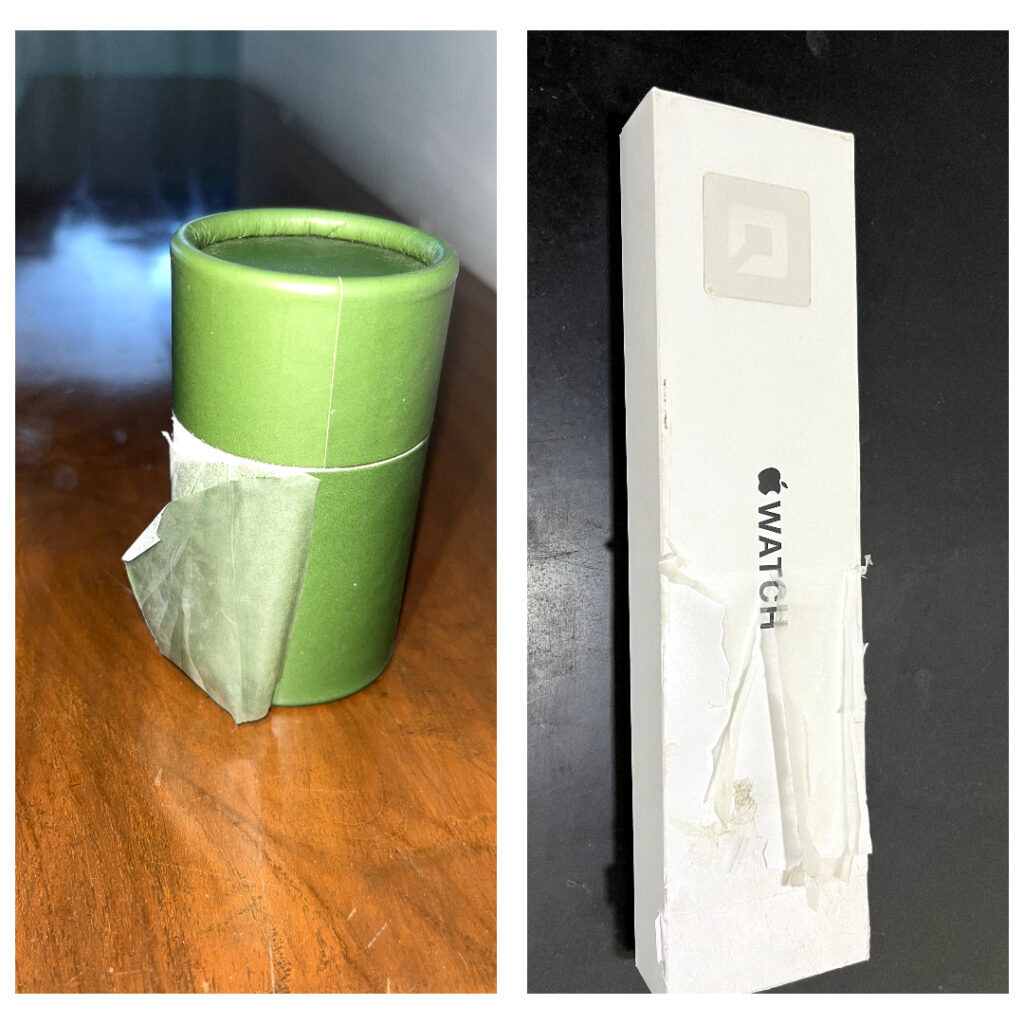
The Basic Process of Recycling Paper
As consumers become more environmentally conscious, there’s been a noticeable shift in packaging practices. Many brands, in a bid to appear sustainable, have embraced paper-based packaging, which is perceived as recyclable. At first glance, packaging made of paper may seem like an environmentally friendly alternative to plastic. However, the reality is far more complex. While paper is a recyclable material, the presence of coatings, laminations, and other additives in packaging can significantly hinder the recycling process. This article delves into why paper-based packaging, despite seeming recyclable, often isn’t.
To understand why certain paper packaging cannot be recycled, it’s important to first know how paper recycling works. When paper is recycled, it is mixed with water to create a slurry or pulp. This pulp is then processed to remove inks, adhesives, and other contaminants. The cleaned pulp is then formed into new paper products, completing the recycling cycle.
However, when paper is combined with other materials—such as plastic, wax, or aluminium—the process becomes more complicated. These additional materials prevent the paper from breaking down properly in the recycling process, rendering the packaging unrecyclable in most facilities.
The Problem with Laminated Paper
One of the most common additives found in paper packaging is lamination. Laminated paper is typically a combination of paper and a thin layer of plastic or metal. This lamination adds durability and moisture resistance to the packaging, making it more functional for products like food items, beverages, and cosmetics. However, this thin plastic coating presents a major challenge during recycling.
Recycling facilities are not typically equipped to separate the plastic layer from the paper. In the pulping process, the plastic layer does not dissolve in water and instead becomes a contaminant. Even a small amount of plastic residue in the recycled pulp can degrade the quality of the new paper products. For this reason, most recycling centers will reject laminated paper entirely, sending it to landfills instead.
The Misleading Appearance of Sustainability
One of the biggest issues with paper-based packaging that isn’t recyclable is that it misleads consumers. Many people assume that if a product is made of paper, it must be recyclable. Brands often capitalize on this assumption by labeling their packaging as “eco-friendly” or “sustainable” without clarifying that the paper contains non-recyclable components.
This “greenwashing” leads consumers to believe they are making environmentally responsible choices when, in fact, they are contributing to waste. These non-recyclable paper products still end up in landfills, where they take up space and contribute to pollution.
Alternatives to Non-Recyclable Paper Packaging
While many paper-based packaging options are problematic, there are some sustainable alternatives. Brands and manufacturers can explore the following:
- Uncoated Paper: Plain, uncoated paper is fully recyclable and biodegradable. While it may not offer the same moisture resistance as laminated paper, it can be a viable option for products that don’t require such durability.
- Biodegradable Coatings: Innovations in material science have led to the development of biodegradable coatings that can replace plastic in paper packaging. These coatings break down naturally and do not interfere with the recycling process.
- Compostable Packaging: Some packaging materials, including certain types of coated paper, are designed to be compostable rather than recyclable. These materials break down in industrial composting facilities and can be an alternative for products that require moisture-resistant packaging.
- Mono-Material Packaging: By using a single material, such as pure paper or cardboard without any additional layers, manufacturers can ensure that their packaging is fully recyclable. This approach eliminates the need for plastic laminations or coatings, making the recycling process more straightforward.
Conclusion
The assumption that all paper-based packaging is recyclable is a dangerous misconception. Laminations, coatings, and plastic additives in seemingly eco-friendly packaging often render it unrecyclable. As both consumers and manufacturers strive to make more sustainable choices, it’s essential to look beyond appearances and understand the true recyclability of packaging materials. Sustainable alternatives are available, but they require a commitment to transparency, innovation, and informed decision-making. Only by addressing these issues can we make genuine progress toward reducing waste and protecting the environment.
